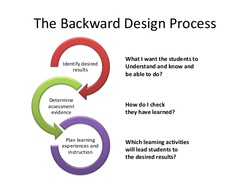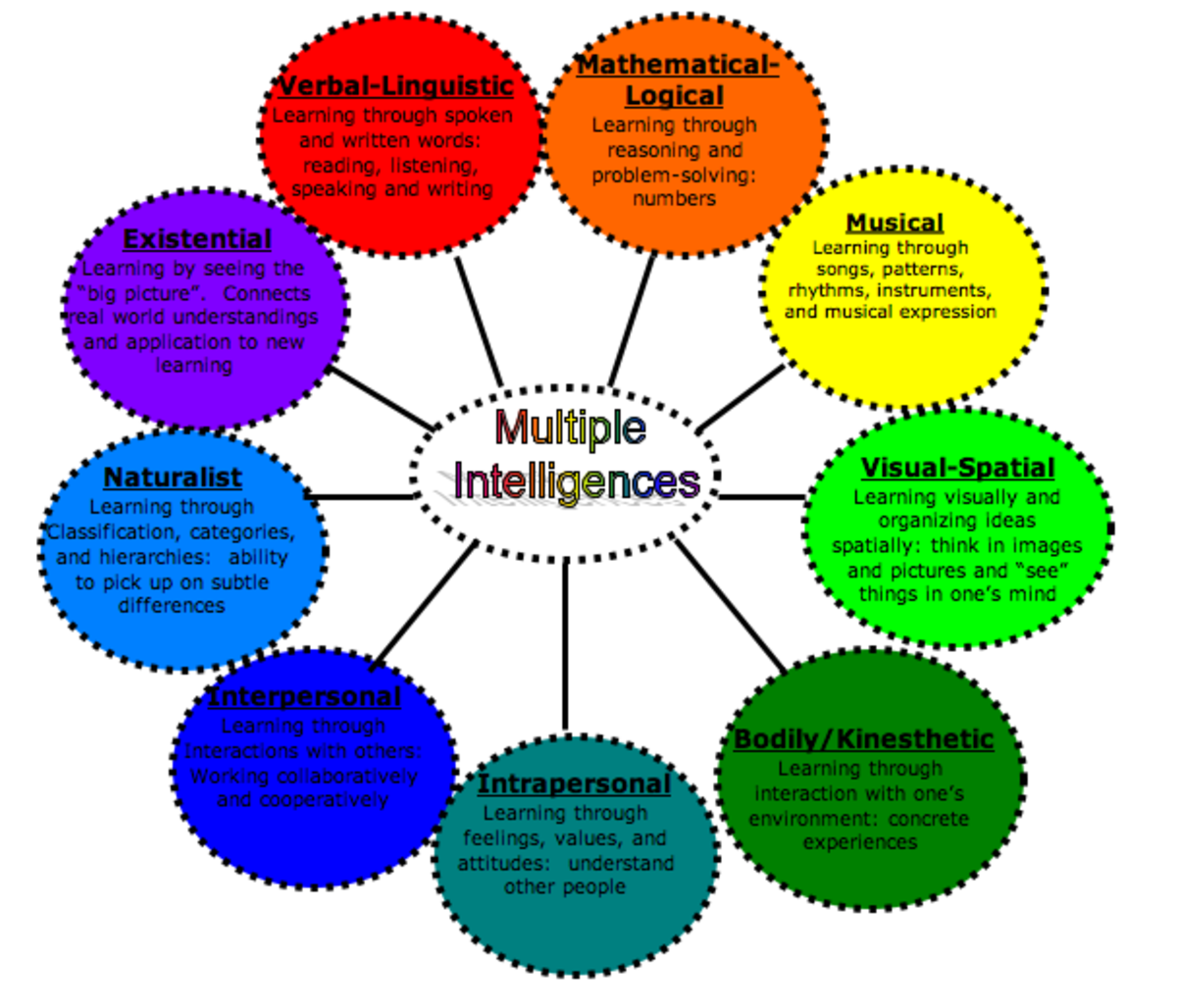Saturday, October 31, 2020
Setting the Stage
The Ontario Arts Curriculum: Drama
The Ontario Arts Curriculum: Drama
Fundamental Concepts
- Role/Character: Presenting an imitation of a character; portraying their voice, facial expressions, body language, mannerisms, attitude and feelings.
- Relationship: Thinking and reflecting on the connection between the people, events they have experienced and circumstances they may face.
- Time and Place: The setting of a story consists of descriptors that can set the time in history it takes place (season, weather, time of day, particular important historical date). Also, it is important to provide descriptors of the environment in which a story takes place.
- Tension: The fluctuating change of the emotional state in the story.
- Focus and Emphasis: Particular part of the story that is being portrayed to the audience (theme, characters, setting, place, time, events).
The Creative Process
- Students will use both their own creative ideas and research to develop different forms of art
- Students will use different tools to organize the brainstorm of their ideas
- Students will use a range of the drama elements when creating dramatical pieces
- Students will make sure that the meaning behind their work is clear for the audience
- Students will use peer feedback and make revisions before finalizing their work
- Students will clearly identify the audience for their work
- Students will make reflections on their work and the next steps they need to make in their learning
The Critical Analysis Process
- Students will be able to respond to their own work and others
- Students will make connections between their own arts experiences, others arts experiences from all around the world
- Students will be able to describe the meaning of the different elements of art
- Students will understand the importance of the arts
- Students will become audience members of the different art forms
Overall Expectations
Guiding Theories in Drama
Key Drama Theories
The Universal Design for Learning
- Ronald Mace (1997) set out 7 principles to create learning environments that are accessible and enjoyable for all. Mace (1997) saw that when a space is accessible for all everyone will benefit. It is important to implement Universal Design for Learning into the classroom when designing lessons especially in Drama. Implementing this theory ensures that all lessons are accommodating and accessible for all students to fully participate. In the Drama Arts Notes (2020) describes the 7 principles in creating a learning environment for all:
Equitable Use- All students will thrive in an environment that is fair and equal.
Flexibility- All students' individual needs and preferences should be accommodated for.
Intuitive Use- The students within the classroom should all know the purpose of the learning space and how it will be used.
Perceptible Information- Providing different modes of learning to relay information.
Tolerance for Error- Minimizing consequences for unintentional behaviours or mistakes.
Low Physical Effort- All people can participate no matter their abilities making sure that low amounts of energy is used.
Appropriate Use—The physical environment is designed to accommodate, be accessible and comfortable for all users no matter their abilities.
Multimodal Authorship
- Kress and Van Leeuwen (2001) suggest that “ meaning making” occurs throughout various modes: communication, body movement and facial expressions. Though Winter (2012) argues that there is also social and critical dimensions that play a role in meaning making. In the Drama Arts notes it states:
Design: The organization and planning of ideas
Negotiation: Analysing the different choices when planning
Production: The producing of an idea
Dissemination: The way an idea will be shared
Backwards Design - This theory is adapted from Wiggins & McTighe (1998). When designing a unit it focuses on keeping the end in mind. Educators should start with what the purpose of the unit is and what the culminating task of the unit will be. There are 3 stages in backwards design they consist of (Drama Arts Notes):
1. Identify the Desired Results: What outcomes students should learn
2. Designing An Action Plan: The activities and lessons that will teach students the concepts they need to learn to meet the end goals.
3. Implementing the Activities: The way the activities will be taught and modifications used as every student learns differently.
Learning Theory
- Dwyer (1996) describes the best ways for learners to absorb information. This is important in understanding how educators need to structure and teach lessons in order for students to learn the information in the best way possible. The Drama Arts Notes state that students retain:
- 20% of what they hear
- 30% of what they see
- 50% of what they write/draw
- 70% of what they discuss
- 80% of what they do/experience
- 90% of what they teach
Multiple Intelligence
- Howard Gardner (2006), states that every person possesses different intelligences. Each person is better at learning in a certain way compared to others. People are not born with all the intelligences but develop them overtime. This theory is important to help educators understand the need to teach incorporating the different multiple intelligences. It is also important for teachers to help students develop the other intelligences that they do not posses. The intelligences are: Naturalist, Musical, Logical-Mathematical, Existential, Interpersonal, Bodily-Kinesthetic, Linguistic, Inter-personal and Intra-personal.
Exceptionalities
English Language Learner (ELL)
Physical Exceptionalities
Autistic Spectrum Disorder (ASD)
Behavioural Exceptionalities
Universal Design for Learning (UDL)
Drama Strategies
1. Role Play
2. Tableaux
3. Voice and Sound
4. Movement
5. Scene Work/ Forms
Weekly Reflections and Integrating a Cross-Curricular Approach
Week 1:
Week 2:
Week 3:
Week 4:
Week 5:
Week 6:
Setting the Stage
Welcome! This year has been a very different experience in both the learning and teaching world. Being on online is like a love-hate relat...

-
The Ontario Arts Curriculum: Drama The Ontario Curriculum, The Arts, Grades 1-8 (2009) Fundamental Concepts - Elements : Role/Cha...














